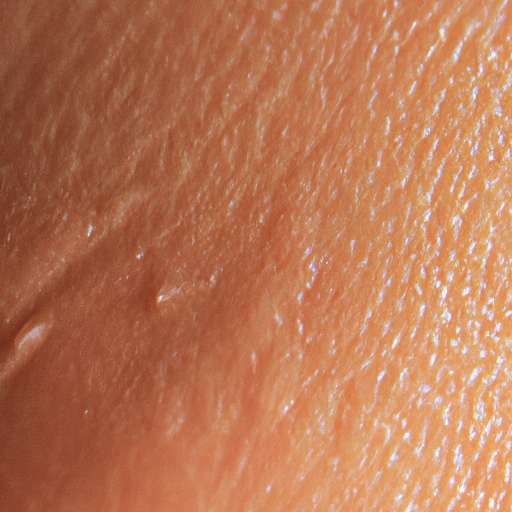As a dermatologist, I often encounter patients who are frustrated with their oily skin. The constant shine, frequent breakouts, and the feeling of having a greasy face can be quite distressing. However, with the right skincare regimen and lifestyle changes, managing oily skin can be a breeze. Here’s your ultimate guide to tackling oily skin.
Firstly, it’s essential to understand what causes oily skin. Our skin has numerous sebaceous glands that produce sebum, a natural oil that moisturizes and protects our skin. However, when these glands produce excess sebum, it leads to oily skin. Factors such as genetics, hormonal changes, stress, and environmental conditions can trigger this overproduction.
Now, let’s delve into how you can manage this condition effectively.
1. Cleansing: This is the first and most crucial step in your skincare routine. Use a gentle, oil-free cleanser twice a day to remove excess oil and impurities without stripping your skin of its natural oils. Over-cleansing can cause your skin to produce more oil as a defense mechanism.
2. Toning: A toner can help balance your skin’s pH levels and remove any residual dirt or makeup left after cleansing. Look for toners with ingredients like witch hazel or salicylic acid that help control oil production.
3. Moisturizing: Contrary to popular belief, oily skin needs hydration too. Skipping moisturizer can cause your skin to produce more oil to compensate for the lack of moisture. Opt for oil-free, non-comedogenic moisturizers that hydrate your skin without clogging the pores.
4. Exfoliating: Exfoliation helps remove dead skin cells that can clog pores and increase oil production. However, limit this to once or twice a week to avoid irritating your skin.
5. Sunscreen: Sun exposure can stimulate oil production and cause damage to your skin. Therefore, using a broad-spectrum sunscreen with at least SPF 30 is essential, even on cloudy days. Look for sunscreens labeled as ‘non-comedogenic’ or ‘oil-free’.
6. Makeup: If you wear makeup, choose oil-free, non-comedogenic products that won’t clog your pores. Also, always remove your makeup before going to bed to let your skin breathe.
7. Diet: While the link between diet and oily skin isn’t definitive, some studies suggest that foods high in sugars and fats can stimulate sebum production. Incorporating a balanced diet rich in fruits, vegetables, lean proteins, and whole grains can promote overall skin health.
8. Stress Management: Stress can trigger an overproduction of oil. Incorporating stress management techniques like yoga, meditation, or deep-breathing exercises can help keep your skin in check.
9. Regular Dermatologist Visits: Lastly, regular check-ups with a dermatologist can help monitor your skin’s condition and adjust your skincare routine as needed.
Remember, everyone’s skin is different. What works for one person might not work for another. It’s essential to understand your skin type and needs before starting any skincare regimen.
Oily skin can be a challenge to manage, but with the right care and patience, you can achieve a healthy, balanced complexion. It’s all about finding the right balance between removing excess oil and maintaining your skin’s natural moisture. So, banish the shine and embrace the glow with these simple yet effective steps.



